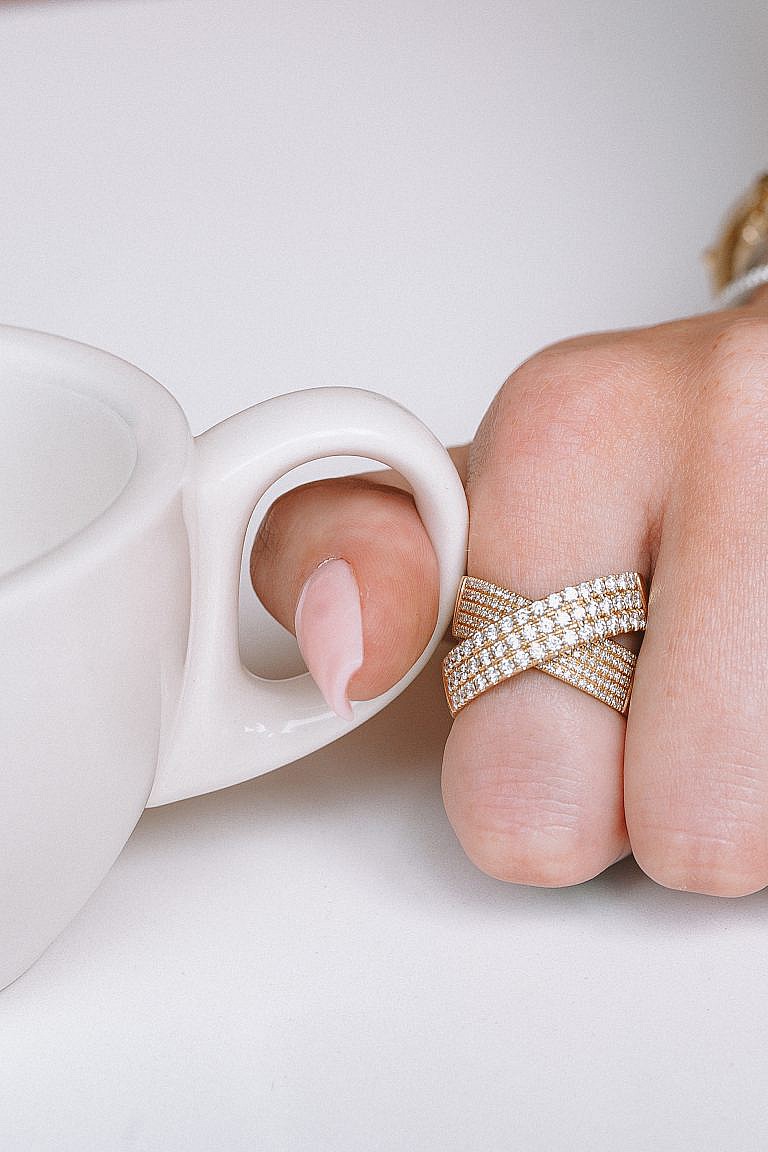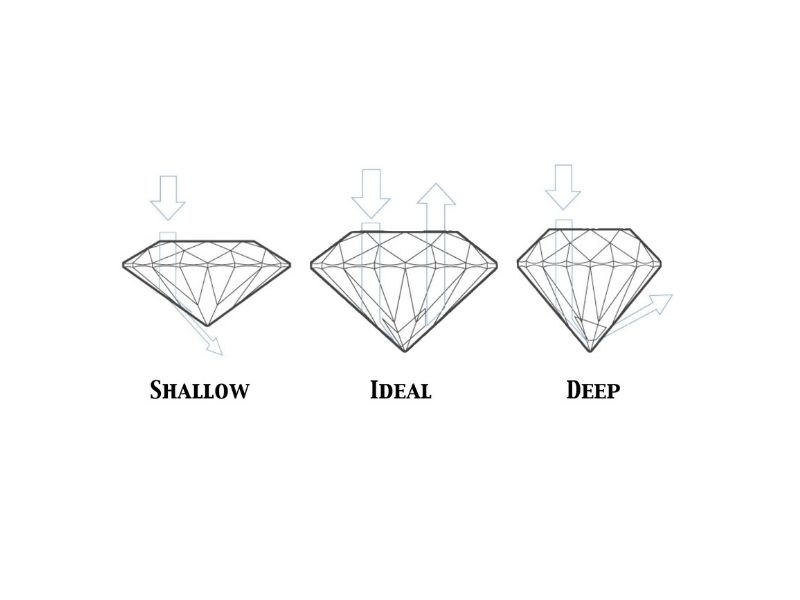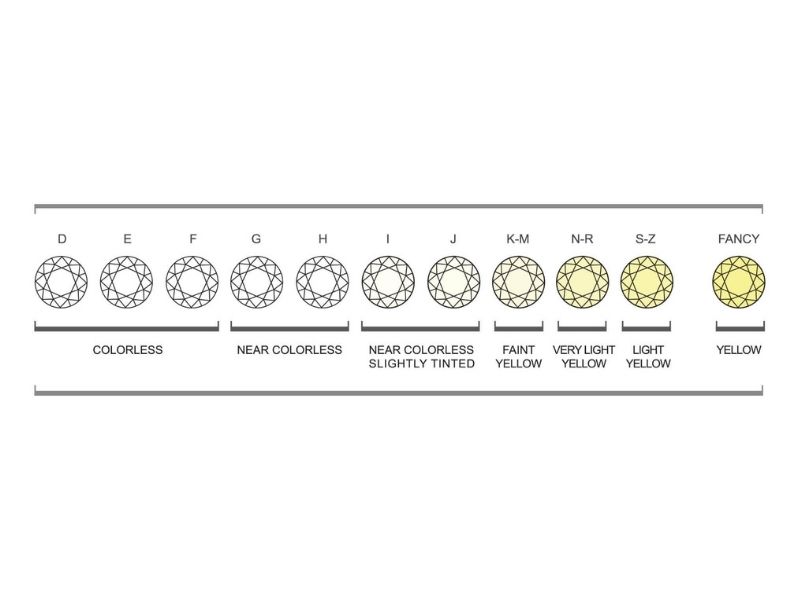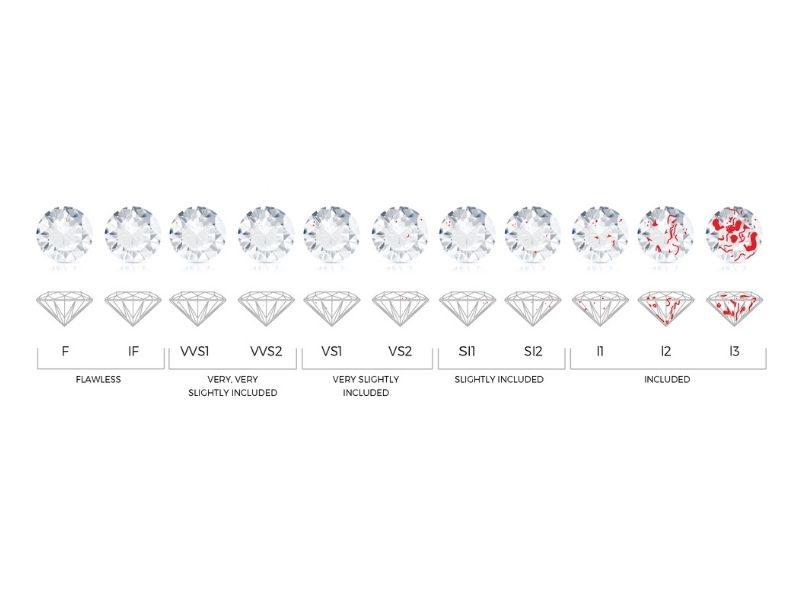Read This Before You Learn The 4C’s!
At Marcilla Bailey our GIA graduate gemologists hand-select each diamond. We always search for diamonds with the best possible combination of the 4C’s so you don’t have to, but we’ll let you in on a secret, the most important thing to consider when buying a diamond is YOU! While the 4C’s are helpful, all that really matters is that a diamond is beautiful to you and most importantly, the person who wears it. It’s just that simple!
That being said, this is a big purchase and we want you to feel as informed as possible so we’ve created this simple guide to walk you through each of the 4Cs.
Let’s Start With the Basics
The color, cut, clarity, and carat weight of a diamond are together known as “The 4C’s.” These characteristics work together to determine the quality, value, and rarity of a diamond.
Color refers to how colorless a diamond is. The color scale for diamonds ranges from colorless to light yellow. Most diamonds used in jewelry are nearly colorless, with yellow or brown tints.
Cut refers to a diamond’s proportions and symmetry which affect how a diamond sparkles, shines, and interacts with light.
Clarity is a measure of internal and external marks or characteristics in a diamond called inclusions and blemishes. These result from formation and cutting. You can think of these characteristics as freckles or birthmarks for diamonds.
Carat Weight is exactly what it sounds like! It is a measurement of a diamond’s weight. The more a diamond weighs the rarer it is.
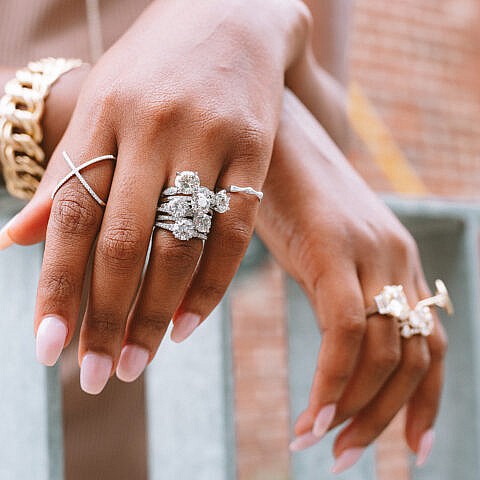
Still With Us? Ready For More?
Now that you’ve got the basics down let’s break it down even further.
Cut
Cut is sometimes thought of as a diamond’s shape, however, cut actually refers to a diamond’s proportions and finish.
These factors affect a stone’s light performance, and a diamond’s light performance determines its beauty and overall appeal.
Well-cut diamonds with ideal proportions, symmetry, and polish will have increased brightness, fire, and scintillation.
Brightness is the combination of all white light reflecting from the surface and interior of a diamond.
Fire describes the flares of color a diamond emits.
Scintillation describes the flashes of light you see when the diamond, the light, or the observer moves.
At Marcilla Bailey we select only diamonds with optimal cut for maximum sparkle!
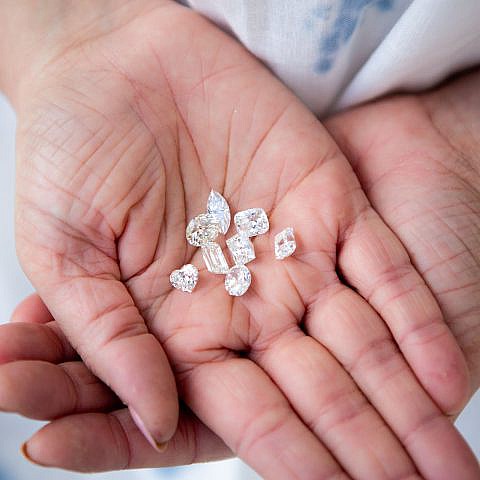
Color
Although many people think of diamonds as colorless, truly colorless diamonds are incredibly rare. Most diamonds used in jewelry are actually nearly colorless, with yellow or brown tints.
Diamonds should be graded on their own, not when mounted, as a setting can introduce tints of its own color into the diamond.
Setting a diamond in yellow gold can make slight amounts of yellow or brown less obvious. Setting a diamond in a white metal mounting can make the color in yellow or brown stones more apparent but can also enhance the appearance of a colorless stone.
And We’ll let you in on a secret! Diamonds with superior cut and polish can look up to two color grades better when viewed face-up. For this reason, we go out of our way to select only diamonds with optimal cut and polish at MB!
Diamonds also come in colors such as: blue, pink, purple, red, green, orange, brown, and yellow. These diamonds are called fancy colored diamonds.
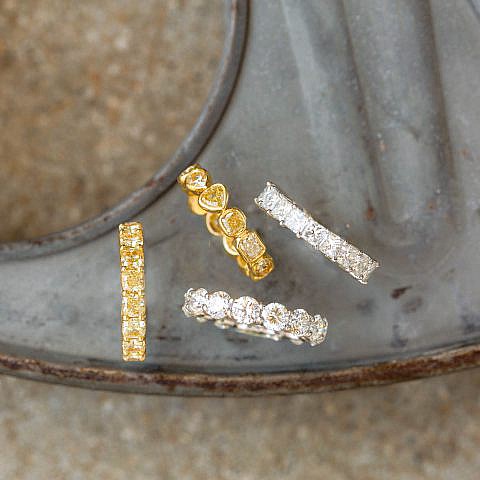
Clarity
Almost all diamonds, except the rarest, have internal and/or external marks or characteristics. External characteristics are called blemishes. Internal characteristics are called inclusions.
You can think of these characteristics as freckles or birthmarks. Almost all diamonds, except the rarest, have them.
Inclusions result from the tremendous heat and pressure under which diamonds are formed and help gemologists separate natural diamonds from synthetics. Blemishes are found on the outside of a diamond and often form during the cutting process.
These characteristics help identify diamonds and make them unique. Just like it’s unlikely for two people to have the same fingerprints, or two snowflakes to be the exact same, it’s just as unlikely that two diamonds have the same clarity characteristics in identical locations.
The presence of some inclusions does not diminish a diamond’s beauty or durability, and most inclusions require powerful magnification before they are visible. Less than 1 percent of all diamonds have no inclusions and can be deemed flawless (FL) or internally flawless (IF).
Clarity ratings range from flawless to I3 or included. Because flawless and internally flawless diamonds are so rare the highest grades carried by most fine retails stores are in the very very slightly included to very slightly included range. However, beautiful diamonds with an I2 rating are carried in many retail stores. Diamonds in the I3 category, however, are less popular.
At Marcilla Bailey we can get you a diamond with any clarity rating you like!
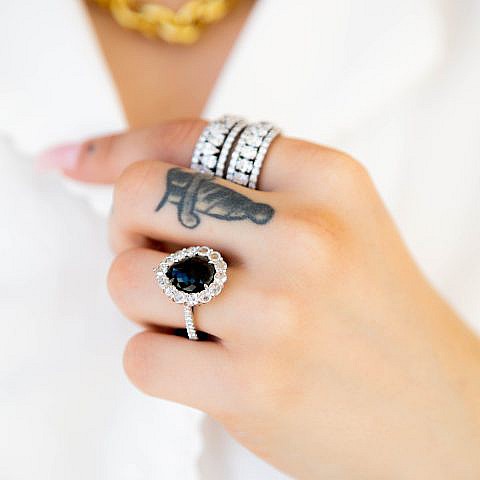
Carat Weight
A diamond’s carat weight is exactly that, its weight. However, when shopping for a diamond, be careful not to confuse weight with size. For example, when comparing two 1 carat round diamonds, one might look much larger or smaller than the other because they are cut differently and have different proportions.
A well-cut 1-carat round diamond should measure approximately 6.5 millimeters in diameter. If a diamond is too shallow, it will have a broader diameter, making it appear larger, but also duller.
The same is true for a 1-carat diamond that is cut too deeply. It will appear smaller when compared to a well-cut 1-carat diamond and will not have the same sparkle as a well-cut diamond.
For reference, one carat is equal to 200 milligrams or one-fifth of a gram. There are 142 carats in an ounce.
When diamond shopping it’s important to remember that a small difference in carat weight can mean a big difference in value and price.
If two diamonds have the same color, cut, and clarity but one is larger than the other, the larger diamond is much more valuable than the smaller one because it is rarer. For example, a .96 carat diamond and a 1.02-carat diamond can have dramatically different prices despite having similar weights.
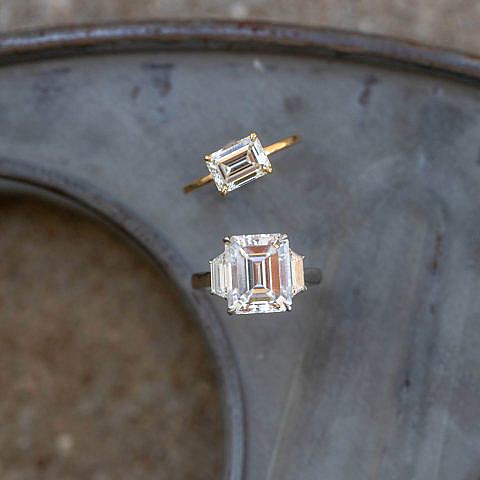
Congratulations! You’ve made it through our 4C’s Crash Course! Now What?
Feeling overwhelmed? You’re not alone! With so many factors to consider, buying a diamond can be a lot, but as we said before the most important thing to think about when buying a diamond is you! Focus on what is beautiful to the person who will wear and treasure this ring for the rest of their life. Prioritizing your partner’s ring dreams and their vision of beauty will always help you pick the perfect ring. We’ll help you take into account their preferences and maximize your budget to help you find an amazing ring. Ready to find the perfect diamond? Contact us to get started today!
